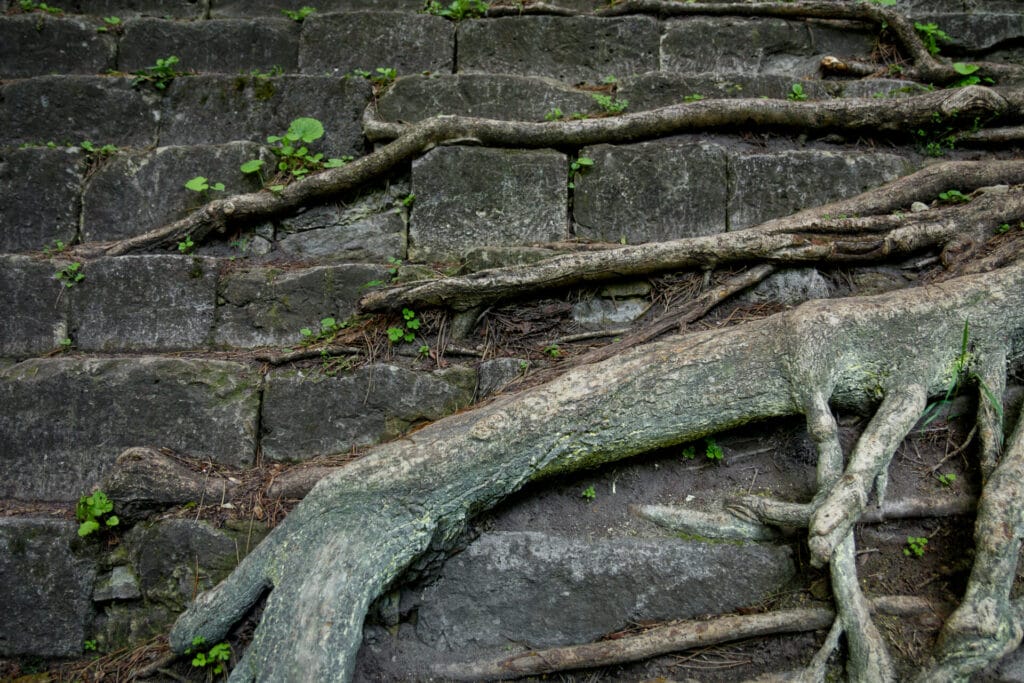
Trees are not only beautiful additions to our landscapes but also crucial for the environment, providing oxygen, shade, and habitat for wildlife. However, there are times when a tree may pose a risk to property, people, or other plants, necessitating its removal. Identifying the signs that indicate a tree needs to be cut down is essential for ensuring safety and maintaining the health of your property. In this guide, we’ll explore the key indicators that signal it might be time to say goodbye to a tree.
One of the most obvious indications that a tree may need to be removed is visible signs of decay or disease. Look for:
Trees with structural problems can become hazardous liabilities. Signs of structural issues include:
The health of a tree’s root system is essential for its stability and vitality. Signs of root issues include:

Trees that pose a safety risk to people or property should be promptly addressed. Look out for:
Environmental stressors can weaken trees and make them more susceptible to decline. Consider:
Pest infestations can wreak havoc on tree health and may require removal if the damage is severe. Watch for:
Maintaining healthy trees is crucial for the well-being of our environment and the safety of our communities. However, when a tree exhibits signs of decline, decay, or poses a safety risk, it may be time to consider removal. By staying vigilant and recognizing the signs discussed in this guide, you can make informed decisions about the management of trees on your property, ensuring the safety of your surroundings and the longevity of your landscape.
Remember, when in doubt, consult with a certified arborist or tree care professional to assess the situation and determine the best course of action for your trees.